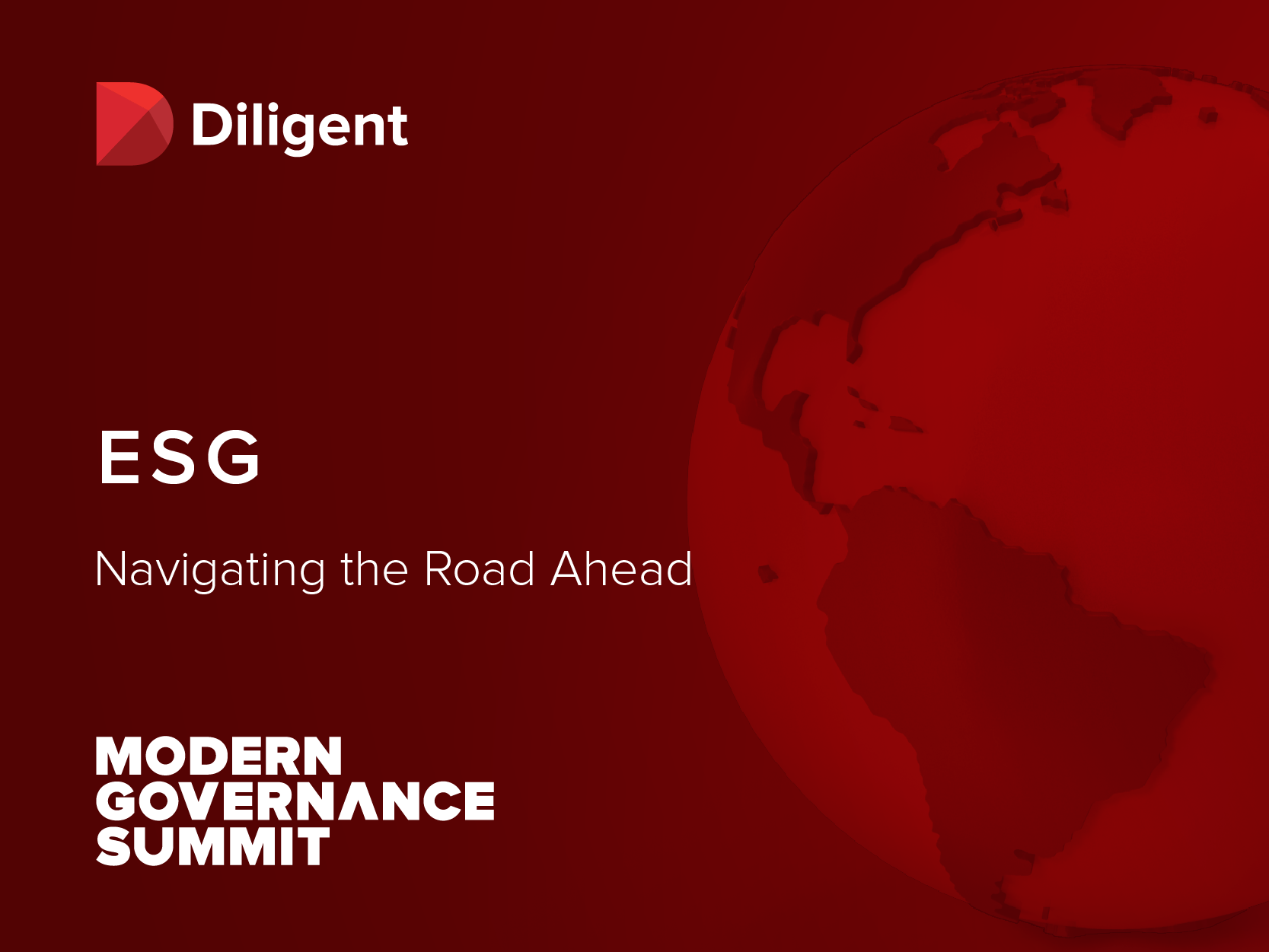As ESG metrics have evolved and multiplied, leaders in business, international investors and regulators have been clamoring for a consistent understanding of how sustainability affects a company’s prospects.
The International Sustainability Standards Board (ISSB) listened — and delivered.
At the end of June, stock exchanges around the world from Lagos to London celebrated the launch of IFRS S1 and IFRS S2, which together comprise a common language for talking about risks and opportunities related to sustainability and climate.
It’s a new global baseline to help companies tell their sustainability story in a robust, verifiable manner that’s comparable across organizations.Here’s a snapshot of what governance, sustainability and audit teams need to know.
Minding the overlap
It’s no accident that many aspects of the new ISSB standards might sound familiar. ISSB continues the proud tradition of aligning various ESG standards and incrementally building one upon another.
Take the Corporate Sustainability Reporting Directive (CSRD) and the Task Force for Climate-related Financial Disclosures (TCFD), for example. Both broadly center around the four pillars of governance, strategy, risk management and targets and metrics. The SEC’s proposed climate disclosures show similar overlap and inspiration. They, too, require detailed disclosures on risk management and strategy.
To create a truly global framework, the ISSB built IFRS S1 and IFRS S2 upon the International Financial Reporting Standards (IFRS) framework for accounting, which are used by more than 140 jurisdictions. In terms of sustainability and climate, both the IFRS accounting standards and ISSB sustainability standards incorporate TCFD recommendations.
What IFRS S1 and IFRS S2 mean for your work
To put it simply: You and your team will now need to put sustainability-related disclosures and financial statements into the same reporting package.
While this journey is intended to streamline operations in the long run, your team will very likely find itself doing more with less in the short term. Any new ESG framework or standard now requires adaptation, additions and adjustments to business as usual, such as new climate-related data to collect and compile against new requirements. If you’re in audit, IFRS S1 and S2 bring new deadlines, reporting processes and compliance requirements. And if you’re in governance — especially in top-level leadership — you’ll need to oversee it all, link ISSB reporting to overall strategy and value-creation and be ready to report progress to interested shareholders (especially investors).
It’s a lot of work. But you’re not alone — and you won’t have to do everything at once. The ISSB will be creating a Transition Implementation Group to support your efforts and will offer resources to help you build your reporting capacity. And they’ll be working with jurisdictions who choose to go beyond the global baseline to make reporting efficient and effective, especially by bringing ISSB and other standards together.
Technology will ease the journey
Even though a “consolidator” framework like the ISSB sustainability standards promises to save time and streamline reporting in the long run, there’s still a considerable among of work involved for your team. You’ll need to incorporate the ISSB standards into your own data collection processes.
You’ll need to align these efforts with other reporting frameworks, like CSRD and the SEC’s new reporting requirements. What are the similarities, what are the differences and where is the Venn diagram overlap? Duplicative reporting is a risk with siloed systems — technology can help you bring all the pieces together.
You’ll also need to factor these reports into an already-busy workload, with their specialized and often complex content mapping and disclosure requirements. ISSB, for example, mandates that you share the sustainability-related risks and opportunities your organization faces over the short, medium and long term. But this is another place where governance and compliance software can lighten the load.
Finally, with its ability to customize, integrate and adapt, specialized compliance and reporting software makes it easier for your department to scale up so that you can continue to align with the ISSB’s ongoing and future work.
As ISSB Chair Emmanual Faber foreshadowed for the road ahead: “We know that better information leads to better economic decisions. Today’s publication is just the starting point as we consult on our future priorities, beyond climate.”






